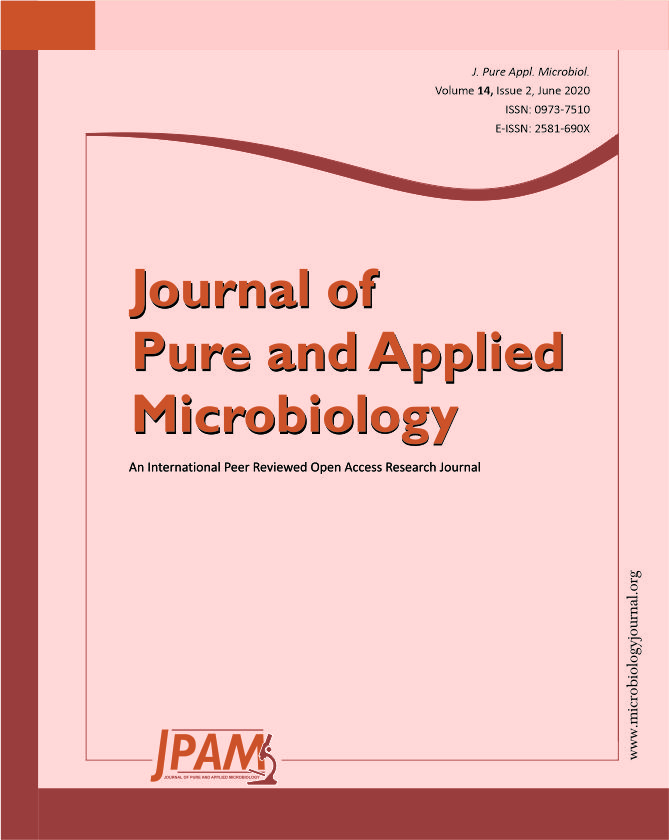Earthworms are important members of the soil macrofauna that play a significant role in soil structure and fertility. However, there is scanty information on the earthworm gut microbial flora and their metabolic potential. In the present study, the diversity of the microbial community and their metabolic potential from the gut content of four different earthworm species from Indo-Myanmar Biodiversity Hotspot were collected and identified by standard methods. The microbial diversity and their metabolic potential were assessed by high throughput sequencing of V3-V4 region of 16S rRNA using Illumina technology. Analysis of microbial diversity was performed by QIIME software package v.1.8.0 with their metabolic potential by PICRUSt (v1.1) software package. A total of 3,36,047 processed sequences were obtained that generated 3686 operational taxonomic units (OTUs). Major bacterial phyla identified were Proteobacteria (47.1%), Firmicutes (38.9%), Actinobacteria (6.3%), Bacteroidetes (3.6%) and Cyanobacteria (1.1%). The abundant genera were Lysinibacillus (26.9%), Acinetobacter (21.2%), Pseudomonas (4.7%), Bacillus (3.8%), Staphylococcus (3.5%), Stenotrophomonas (1.1%) and Ralstonia (1%). The functional annotation of the metagenome revealed abundance of bacterial community associated with amino acid, carbohydrate as well as energy metabolism. Furthermore, the presence of enzymes involved in the process of denitrification and methanogenesis were also identified. This study gives insight into the gut microbial composition and their putative functional roles in the gut of tropical hilly earthworms. The study on forest and garden soil earthworm gut microbiomes might help us understand the role of these organisms in their respective ecosystems.
Earthworm gastrointestinal, microbial, Mizoram, Next Generation Sequencing, soil
© The Author(s) 2020. Open Access. This article is distributed under the terms of the Creative Commons Attribution 4.0 International License which permits unrestricted use, sharing, distribution, and reproduction in any medium, provided you give appropriate credit to the original author(s) and the source, provide a link to the Creative Commons license, and indicate if changes were made.


